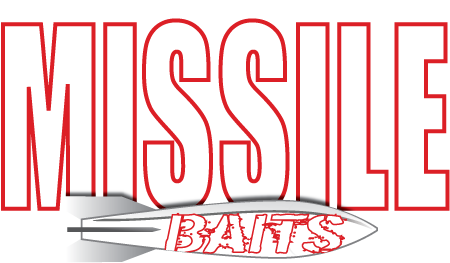Neko Rig 101

Sometimes you just have to pull back and look at things in the most basic form possible. Bass fishing has so many ways to try to catch those bass that is can be confusing. The Neko Rig is one of the hottest techniques for catching bass that we should really get into the basics of this rig.
Where did it come from?
The Neko Rig is from Japan. It is pronounced “neck-oh” according to Japanese pro angler Shin Fukae. Japan has some small bodies of water and then big Lake Biwa. Most lakes are very crowded and have clear water. Anglers end up trying all type of crazy finesse rigs to catch the highly pressured bass. The drop shot originated in Japan as well but for the last number of years, the Neko Rig has been the hottest way to catch bass over there. With the information age being in full effect, this rig has come over to the US quickly.
What is the Neko Rig?
The basic part of the Neko Rig is a straight worm rigged wacky style with a weight shoved into one end of the worm. That is it. The Neko Rig sinks straight down but when the line is pulled, the worm collapses like a wacky worm. It can be fished near the bottom or more in the middle of the water column. There is really no other rig with similar action that is fished that far down in the water. It has an amazing record of tantalizing bass that don’t want to bite.
A few years ago when I started fishing the Neko Rig, I used all types of straight worms. Many of them will work for catching bass. I tried skinny worms. I tried fat worms. After a while, I knew what I wanted in a Neko worm but I could not find it. Owning a bait company, I designed the Missile Baits Quivers with the Neko rig and the Tokyo Rig in mind. They are straight worms with a thin beaver shape tail that moves at the slightest current and a blunt head so the weights can be inserted easily.
I have used a bunch of different hooks on the Neko Rig. I have settled on 2 different ones. I use the Gamakatsu G-Finesse Drop Shot hook in 2/0 when I am not around much cover. If there is any cover to snag, the Gamakatsu G-Finesse Weedless Stinger hook in #1 size is my call. The longer shank with the weed guard does the job.
The Neko Rig is best fished on a spinning rod. I have used as light as 6-pound test but I usually use a 8 or 10 pound leader of Sunline Sniper Fluorocarbon. You need a spinning rod at least 7’ long. My ideal spinning rod is the Cashion John Crews Drop Shot Rod, which is 7’ 4” and is counter balanced. That weighted portion makes it easier to fish the rod with the tip up, which is the way to normally fish a Neko Rig.
How do you fish it?
Once you get the Neko Rig properly setup, you need to fish it correctly to catch those finicky bass on it. I have caught bass in as shallow as 2 feet of water and as deep as 32 feet. I think that a wacky worm is more effective in water less that 3 or 4 feet. Once you want to fish in 4 feet of water or more, the Neko Rig is a real player. There are only 3 things that you want to avoid. 1) Really windy conditions are not conducive. 2) Water that is dirtier than about 12-18” of visibility is too muddy. 3) Heavy current puts too much of a bow in your line.
When I throw the Neko Rig, I like to cast it out and watch my line on the way down. I usually try to give my line a little shake as the bait is getting near the bottom. I think that bass watching the worm fall are just waiting on it to do something. I have caught a number of bass right at this moment. Once the bait settles to the bottom and has not been eaten, I don’t waste much time giving it some easy shakes on semi-slack line. I then let it settle back down to the bottom. Once I feel like I am not in the strike zone anymore, I reel it in and cast to the next good-looking spot.
The Neko Rig is the hottest finesse rig in Japan for a reason. It catches hard to catch bass. I know that there are times that it seems like every bass in the lake I am fishing is hard to catch. Since utilizing the Neko in my fishing, I always have one ready even if it is not in my starting lineup. Now you know how to put one in your lineup too.
